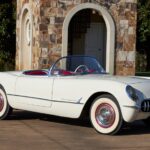The Corvette C4 ZR-1 stands as a testament to American automotive ingenuity, a vehicle that once traded blows with European supercars yet, surprisingly, can still be found at prices that seem almost too good to be true. It’s been roughly a decade since I first encountered a gleaming ZR-1 at a local car show, priced at a modest $27,000. Fast forward to today’s inflated classic car market, and the average sale price hovers around just $28,000 on platforms like Bring A Trailer.
This price point is particularly baffling when you consider the performance and pedigree of the C4 ZR-1. C4 Corvettes in general have long been celebrated for offering incredible performance for the money, but the ZR-1 took this to another level.
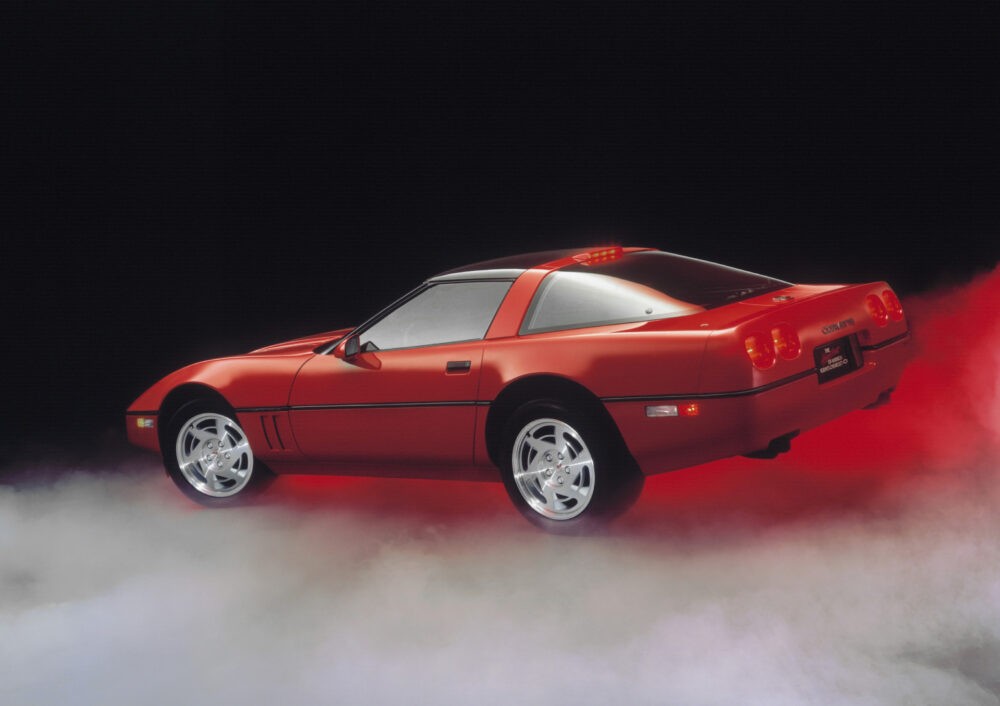 Front view of a red 1990 Chevrolet Corvette ZR-1 parked outdoors.
Front view of a red 1990 Chevrolet Corvette ZR-1 parked outdoors.
Dubbed by some as “the Corvette from Hell,” the ZR-1 was a radical departure from the standard Corvette. At its heart lay the LT5 engine, a masterpiece of engineering. This all-aluminum, four-cam, sixteen-valve powerhouse churned out between 390 and 405 horsepower – figures that rivaled even the C5 Z06 of a decade later. This raw power translated into blistering performance figures. The ZR-1 could sprint from 0 to 60 mph in under 5 seconds and reach a top speed of 175 mph. These numbers placed it squarely in the crosshairs of automotive royalty like the Porsche 911 Turbo, Ferrari Testarossa, and Lamborghini Countach. Yet, while those European icons command six and seven-figure sums, the C4 ZR-1 can often be found for the price of a well-equipped modern SUV.
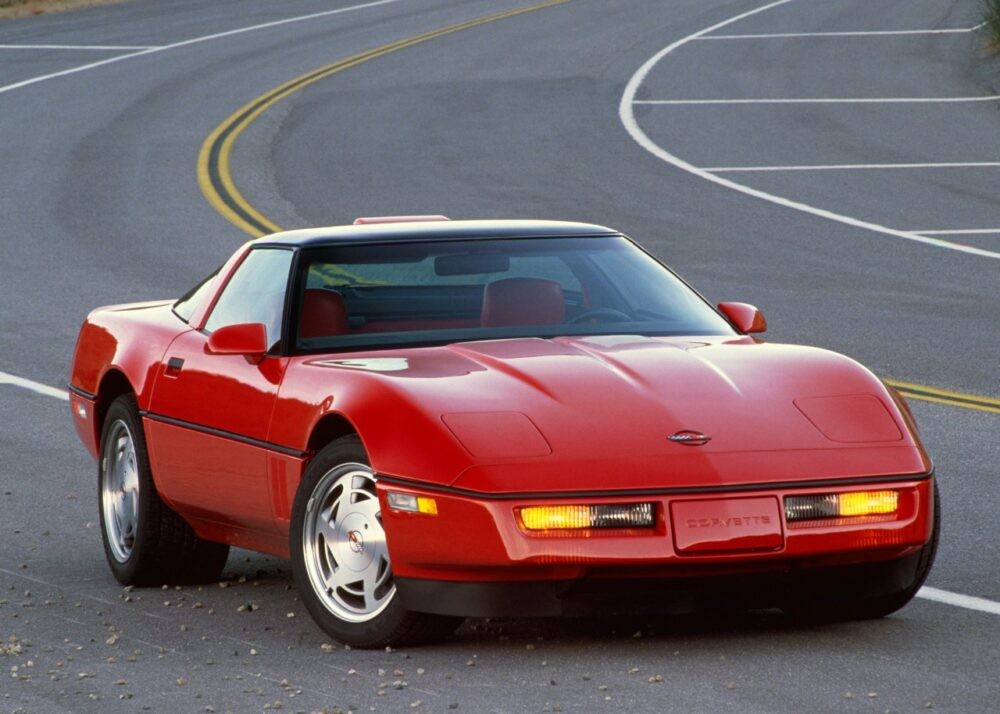 Side profile of a silver 1990 Corvette ZR-1 showcasing its wheels and badging.
Side profile of a silver 1990 Corvette ZR-1 showcasing its wheels and badging.
Chevrolet produced fewer than 7,000 ZR-1s throughout its production run from 1990 to 1995. When questioned about the limited production numbers, Corvette’s chief engineer at the time, Dave Hill, suggested that the ZR-1’s lukewarm reception might have been unexpected, failing to garner the widespread following initially anticipated. Typically, rarity coupled with exceptional performance is a recipe for soaring collector car values. However, the C4 ZR-1 seems to be an exception, almost overlooked in the broader classic car landscape.
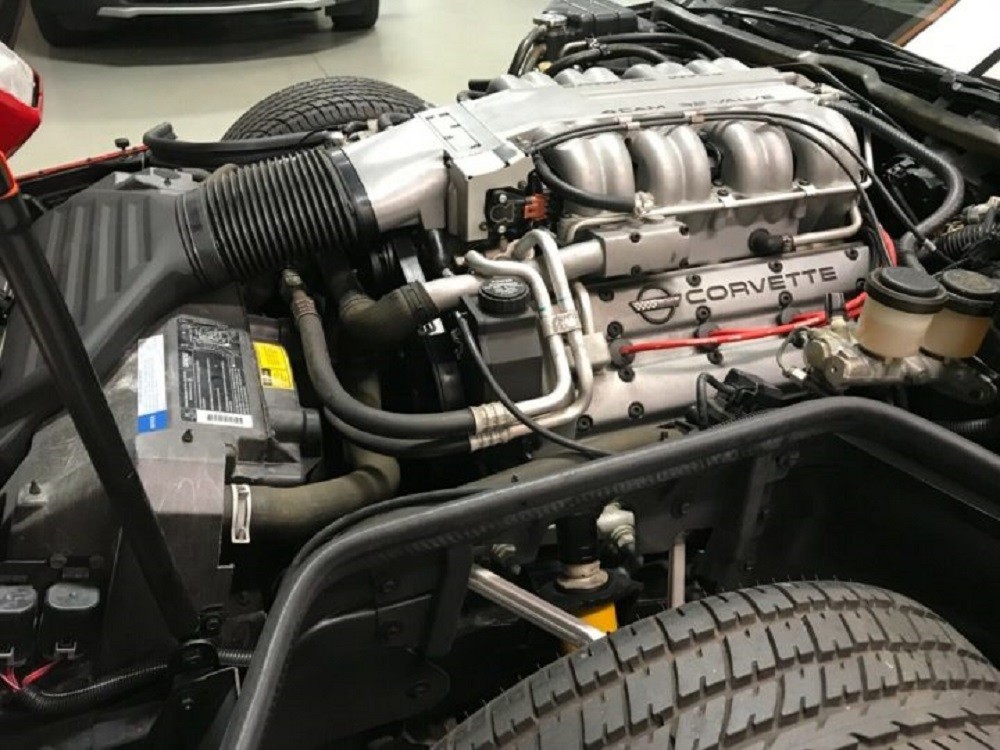 Rear three-quarter view of a red 1991 Chevrolet Corvette ZR-1 emphasizing its taillights and rear spoiler.
Rear three-quarter view of a red 1991 Chevrolet Corvette ZR-1 emphasizing its taillights and rear spoiler.
Decoding the Value: Why the ZR-1’s Price Tag Defies Logic
So, what factors contribute to the C4 ZR-1‘s surprisingly accessible price point? Several key elements come into play.
Firstly, and perhaps most significantly, is its visual subtlety. To the untrained eye, the ZR-1 bears a striking resemblance to any other C4 Corvette. Keen observers might notice the distinct square taillights of certain model years or the slightly wider rear tires. Subtle ZR-1 badges are another clue for the initiated. However, place a ZR-1 alongside a standard C4, and only dedicated Corvette enthusiasts will readily discern the differences. This understated aesthetic contrasts sharply with vehicles like the Callaway Corvette, known for its visually aggressive body modifications, making the ZR-1 a “sleeper” in terms of appearance.
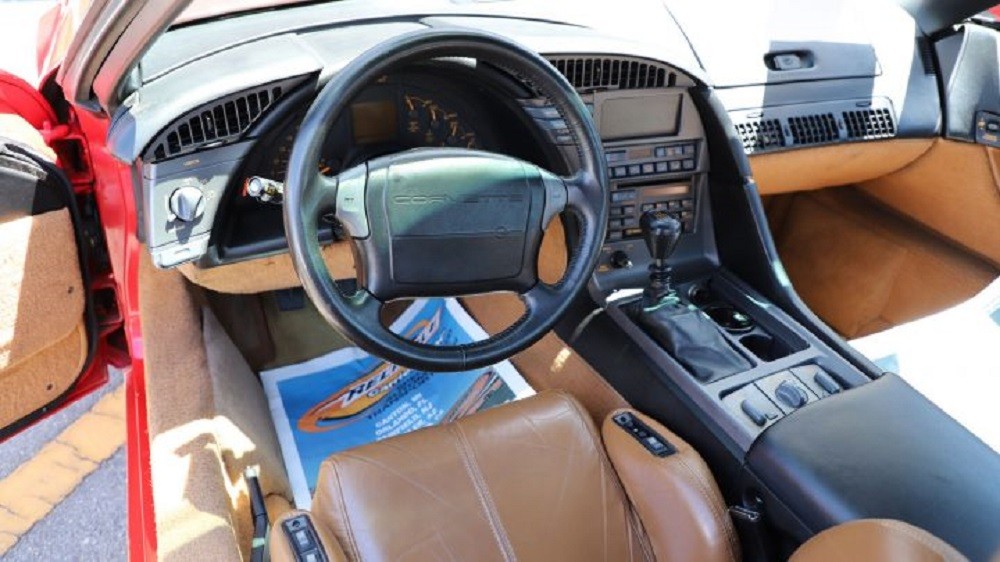 Interior shot of a 1990 Chevrolet Corvette ZR-1 featuring bright red seats and dashboard.
Interior shot of a 1990 Chevrolet Corvette ZR-1 featuring bright red seats and dashboard.
Secondly, the evolution of the base C4 Corvette itself played a role in diminishing the perceived gap between it and the ZR-1. The introduction of the LT1 engine in 1992 for the standard Corvette was a game-changer. This new engine boosted output to 300 horsepower, delivering a substantial performance leap over the preceding models. The LT1 equipped C4 could achieve 0-60 mph times in the mid-five-second range and reach a top speed of 163 mph. These figures, while slightly less impressive than the ZR-1’s, were attainable at roughly half the price, blurring the lines for many buyers.
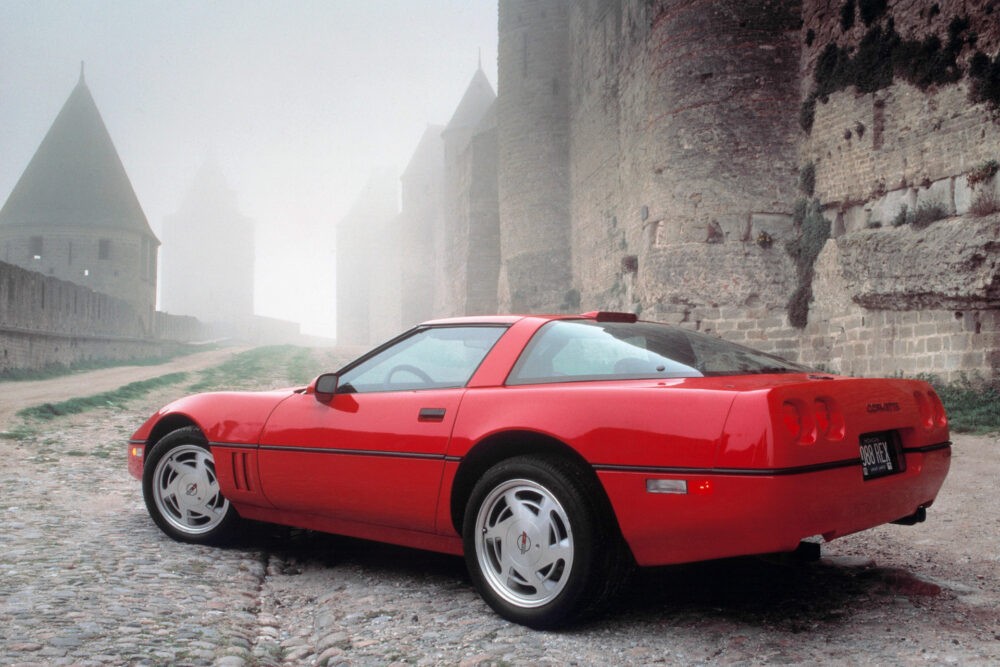 Front three-quarter view of a white 1990 Chevrolet Corvette highlighting its pop-up headlights and front grille.
Front three-quarter view of a white 1990 Chevrolet Corvette highlighting its pop-up headlights and front grille.
Finally, the original price of the ZR-1 itself likely contributed to its current value proposition. The Corvette has always been positioned as an “attainable dream,” a world-class sports car within reach for those of middle-class means. It was a car that could compete with European rivals while remaining accessible. The ZR-1, while arguably superior to many of those European counterparts in performance, carried a price tag that stretched beyond the comfort zone of its core audience. Imagine Chevrolet today releasing a $200,000 Corvette – even with performance on par with the new Z06, it would likely face similar market resistance from traditional Corvette buyers.
Despite these factors contributing to its affordability, the C4 ZR-1 remains a significant milestone for Corvette and American performance cars. It was Chevrolet’s first true “moonshot,” demonstrating the C4 platform’s immense potential and challenging global perceptions of American sports cars. While still commanding a premium over a standard C4, the ZR-1 represents remarkable value when considering its historical significance and the performance it offers, making it an undervalued icon ripe for appreciation.
Photos: Motor Authority
